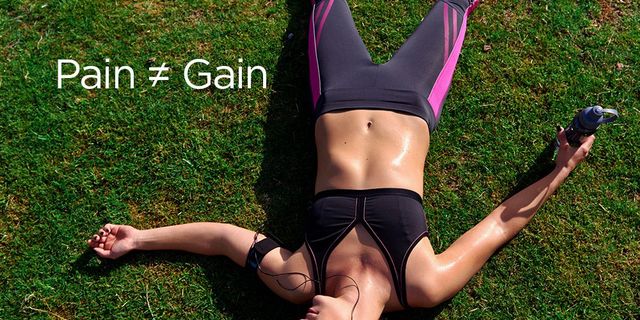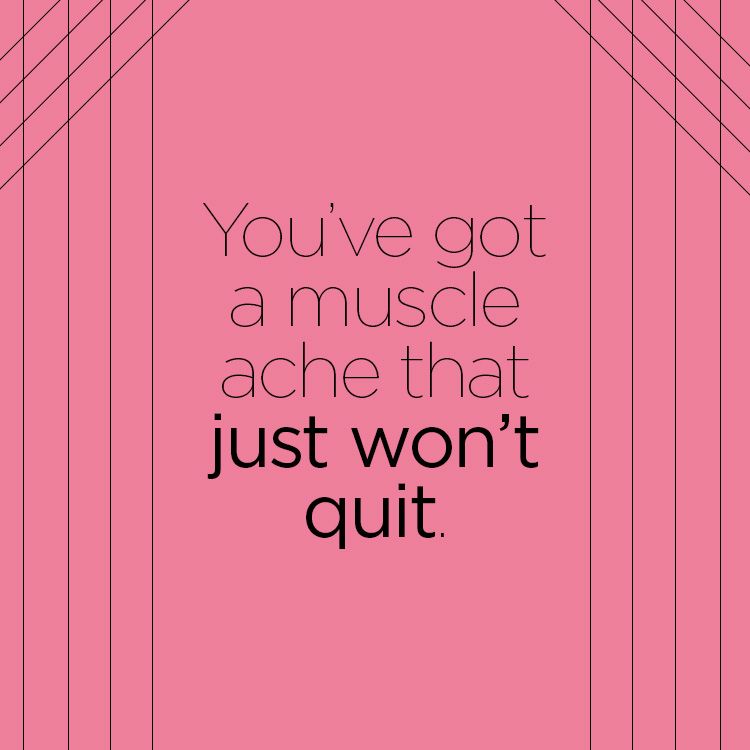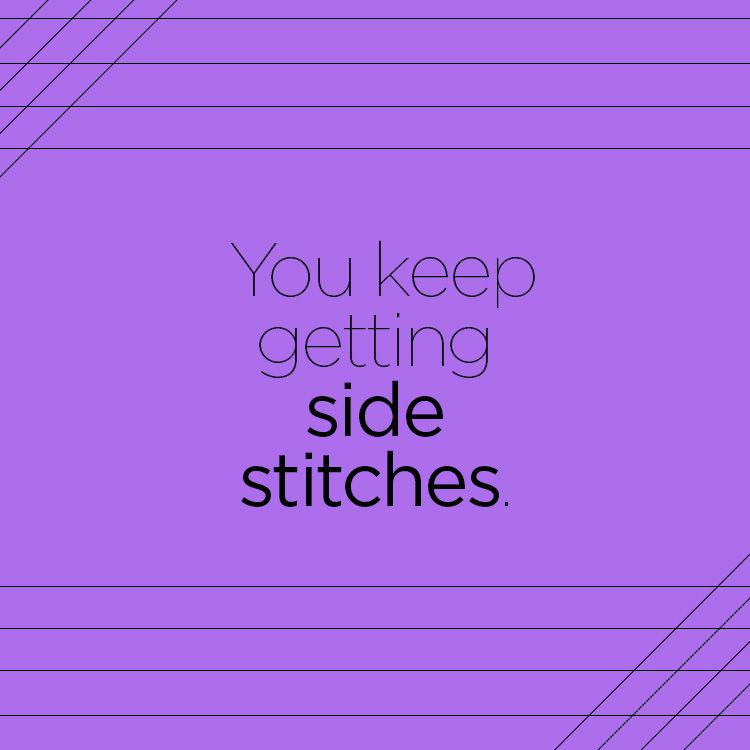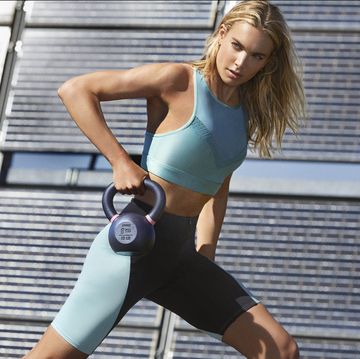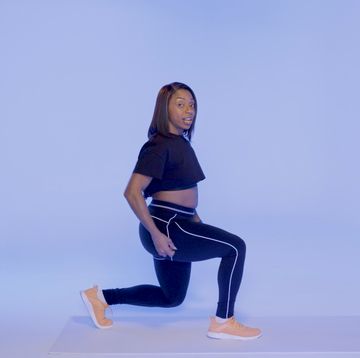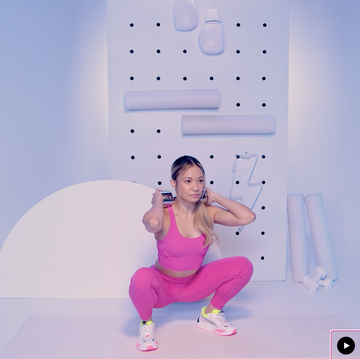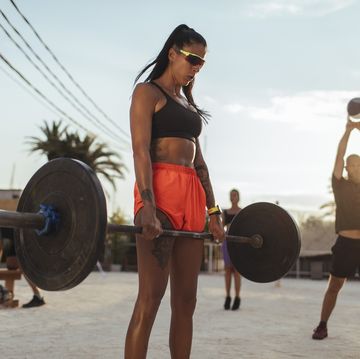Women's Health may earn commission from the links on this page, but we only feature products we believe in. Why Trust Us?
5 Signs You’re Going Too Hard at the Gym
Balls to the walls isn't always the best method.
You’ve heard the saying time and time again: no pain, no gain. It’s supposed to inspire hard work and determination, but the idea is an antiquated one. Overdoing it could lead to injury. “Plus, when people actually enjoy their exercise, they’re much more likely to stick with it,” says Jordan D. Metzl, M.D., sports medicine physician and author of Dr. Jordan Metzl’s Workout Prescription: 10, 20 & 30-Minute High Intensity Interval Training Workouts for Every Fitness Level. Watch out for these five signs that you should probably scale back—even if it’s just a smidge.
RELATED: I Got Rhabdo and It Nearly Destroyed My Body

Samantha Lefave is an experienced writer and editor covering fitness, health, and travel. She regularly interviews pro athletes, elite trainers, and nutrition experts at the top of their field; her work has appeared in Runner's World, Bicycling, Outside, Men's Health and Women's Health, Cosmopolitan, Glamour, and more.
Watch Next


How To Work Your Way To Doing A Legit Pull-Up

Is Wall Pilates A Good Workout?
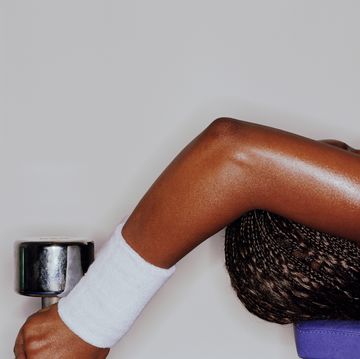
Your Expert Guide To Basal Metabolic Rate
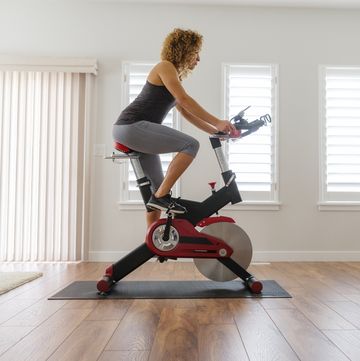
Your Complete Guide To Zone 2 Cardio
